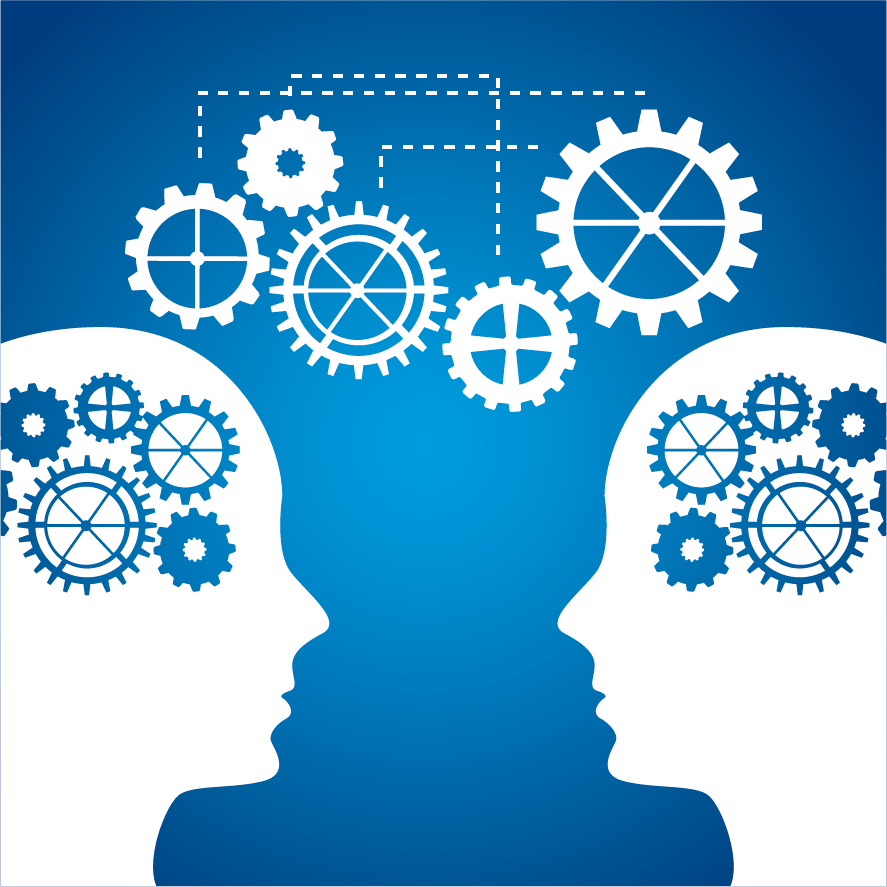Shifting Perspectives: The Intellectual Work of Your DEI Strategy
Obviously, diversity, equity, and inclusion (DEI) are critical to creating a workplace where all employees feel valued. At least, I hope this is obvious to you. However, before going out and checking boxes, organizations must first focus on shifting perspectives. This initial work of DEI involves understanding your mindset when making decisions about DEI initiatives, working to understand cultural differences, reflecting on personal biases, and recognizing the benefits of DEI.
1. Know Your Current Mindset: The Intercultural Development Inventory (IDI) by Dr. Mitch Hammer can be a valuable tool to aid this process. The IDI is an assessment tool designed to measure an individual's intercultural competence, which is the ability to understand and appreciate different cultures, values, and beliefs and to communicate and interact effectively with people from diverse backgrounds. By using the IDI, companies, and organizations can better understand the current state of intercultural competence within their workforce and identify areas for improvement.
2. Understanding Cultural Differences: Understanding cultural differences is essential to promoting diversity and inclusion in the workplace. This requires learning about different cultures, perspectives, and experiences and recognizing how these differences can create opportunities and challenges in the workplace.
3. Reflecting on Personal Biases: Personal biases can be a significant barrier to promoting diversity and inclusion in the workplace. Reflecting on personal biases and recognizing how they may impact interactions with colleagues and clients is essential to creating a more inclusive workplace culture.
4. Recognizing the Benefits of Diversity and Inclusion: Recognizing the benefits of diversity and inclusion in the workplace is essential to building a business case for DEI initiatives. Research has shown that companies with diverse workforces are more innovative, productive, and profitable.
5. Developing a DEI Strategy: Developing a DEI strategy requires understanding the organization's current state, identifying areas for improvement, and setting measurable goals for promoting diversity and inclusion in the workplace.
The initial work of many initiatives often involves doing the intellectual work first, and your DEI Strategy is no different. By investing in the intellectual work of DEI, companies and organizations can build a more inclusive workplace culture that benefits everyone in the organization. Using tools like the IDI by Dr. Mitch Hammer can aid in this process by providing a better understanding of intercultural competence within the workforce and identifying areas for improvement.
For help with your DEI strategy and/or with using the Intercultural Development Inventory (IDI), reach out to get more information.
These links provide additional information and resources on topics such as intercultural competence, reducing bias in hiring, global and cultural effectiveness, diversity and inclusion strategy, and shaping company culture for better diversity and inclusion.

